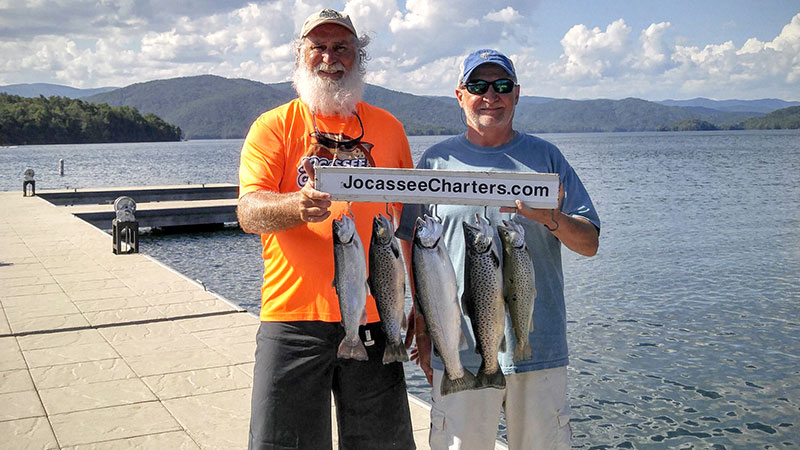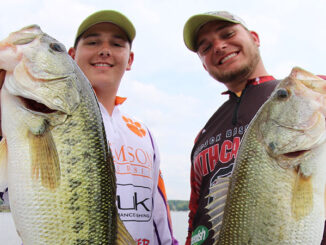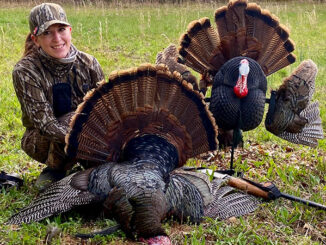 Try spoons and minnows for brown and rainbows
Try spoons and minnows for brown and rainbows
For Lake Jocassee fishing guide Sam Jones, June is a month he looks forward to, for numerous reasons.
“The weather and water temperatures have warmed up, but we usually don’t have the scorching heat that’s coming later in the summer. Kids are out of school, and that leads to some great family fishing trips. The bite is good too, especially when trolling deep water,” said Jones (864-280-9056, JocasseeCharters.com).
This month is generally the beginning of a pattern Jones follows through the late fall. That’s thanks to the lake’s thermocline, which he said develops by June.
Because of that thermocline, which holds relatively cool water compared to other depths, trolling between 40 to 70 feet deep is a good option.
“I use downriggers to troll my lures or bait at those depths. It’s the best way this time of year to catch rainbows and browns,” he said.
Jones, who has been fishing Lake Jocassee for more than 30 years, does most of his trolling with silver or gold flutter spoons. Some of his favorites include No. 44 and No. 31 Sutton Spoons. He also uses Apex and Rapala lures in shad and trout patterns. These lures must all be used in conjunction with downriggers when trolling to keep them at the proper depths.
While Jones concentrates most of his efforts at those 40- to 70-foot depths, he will spend a little time going even deeper, especially if the bite is not as good as he’d like.
What he is mainly looking for is water in the 55- to 65-degree range. He finds water in that range by using a temperature sensor on his downriggers, and that’s where he likes to put his lures. It’s not a matter of trout simply preferring those temperatures, it is actually what they need to survive.
The surface water temperatues can be considerably higher than that desired temperature. And the best depths for that ideal temperature can be different year-to-year, depending on the weather.
Jones also trolls with large, live minnows sometimes.
He suggests anglers use rods with a medium power rating in the 7- to 9-foot range. He prefers 8-pound test line, and he stresses the importance of using clear line because of how clear the water is.






Be the first to comment